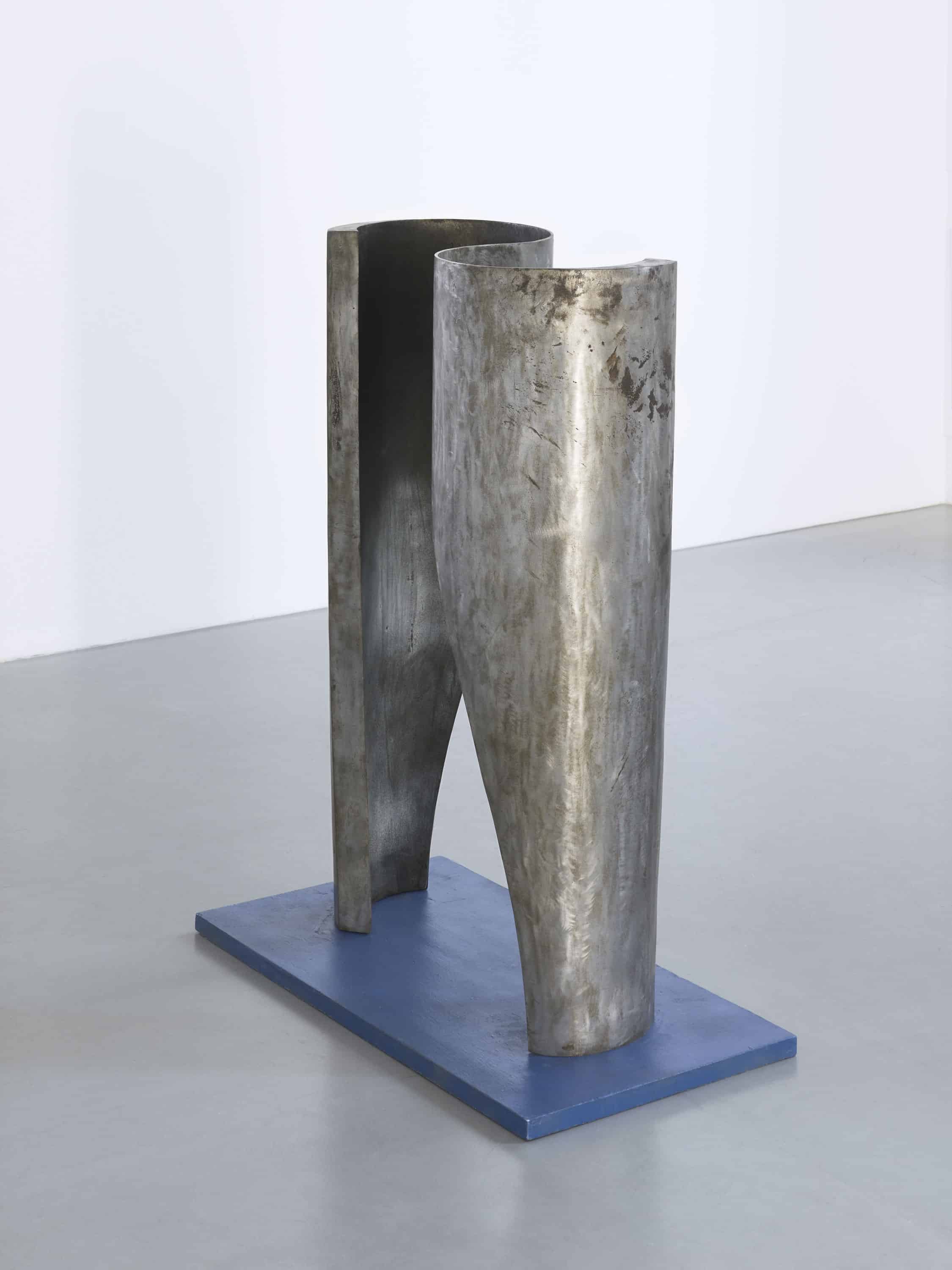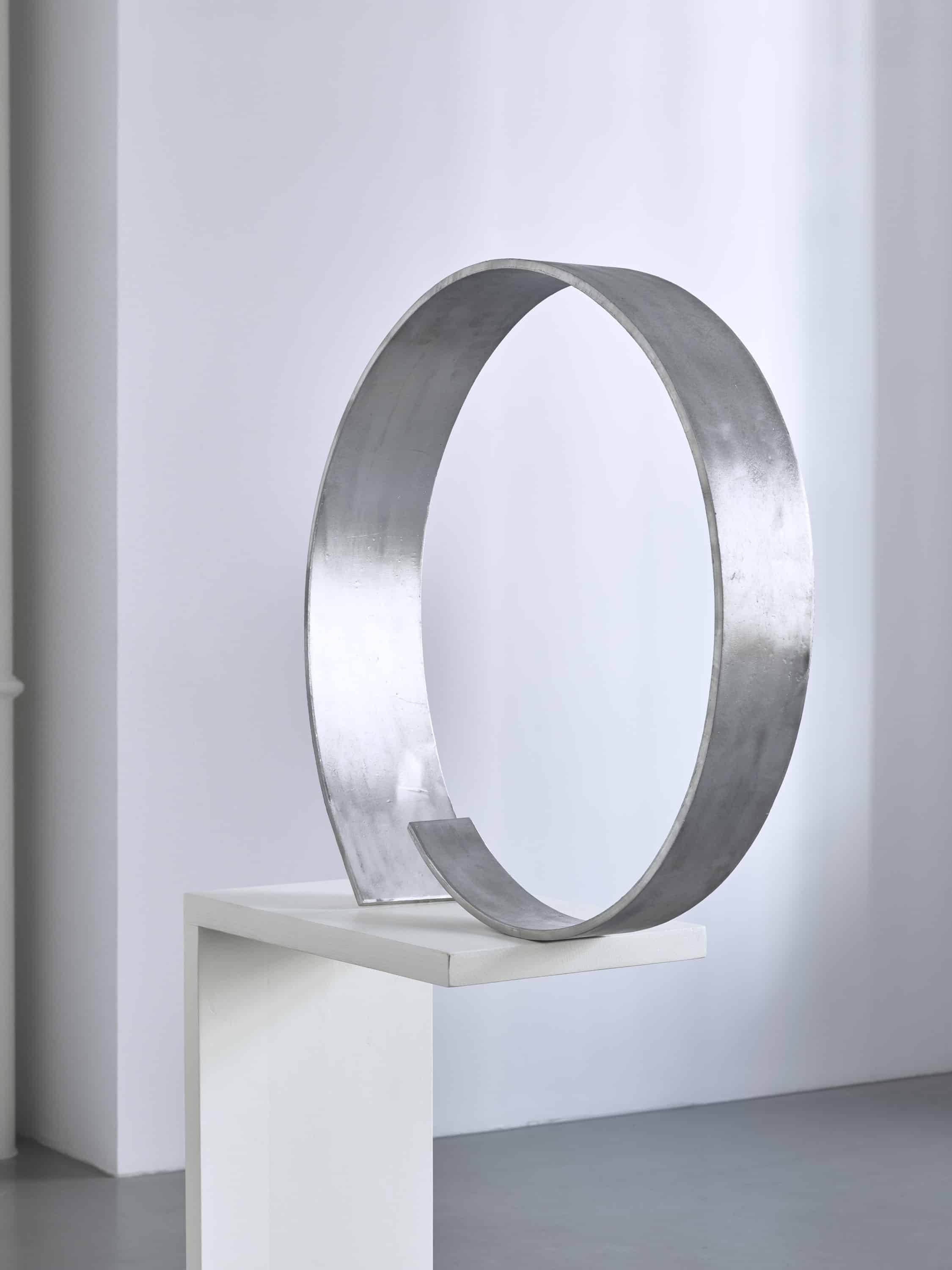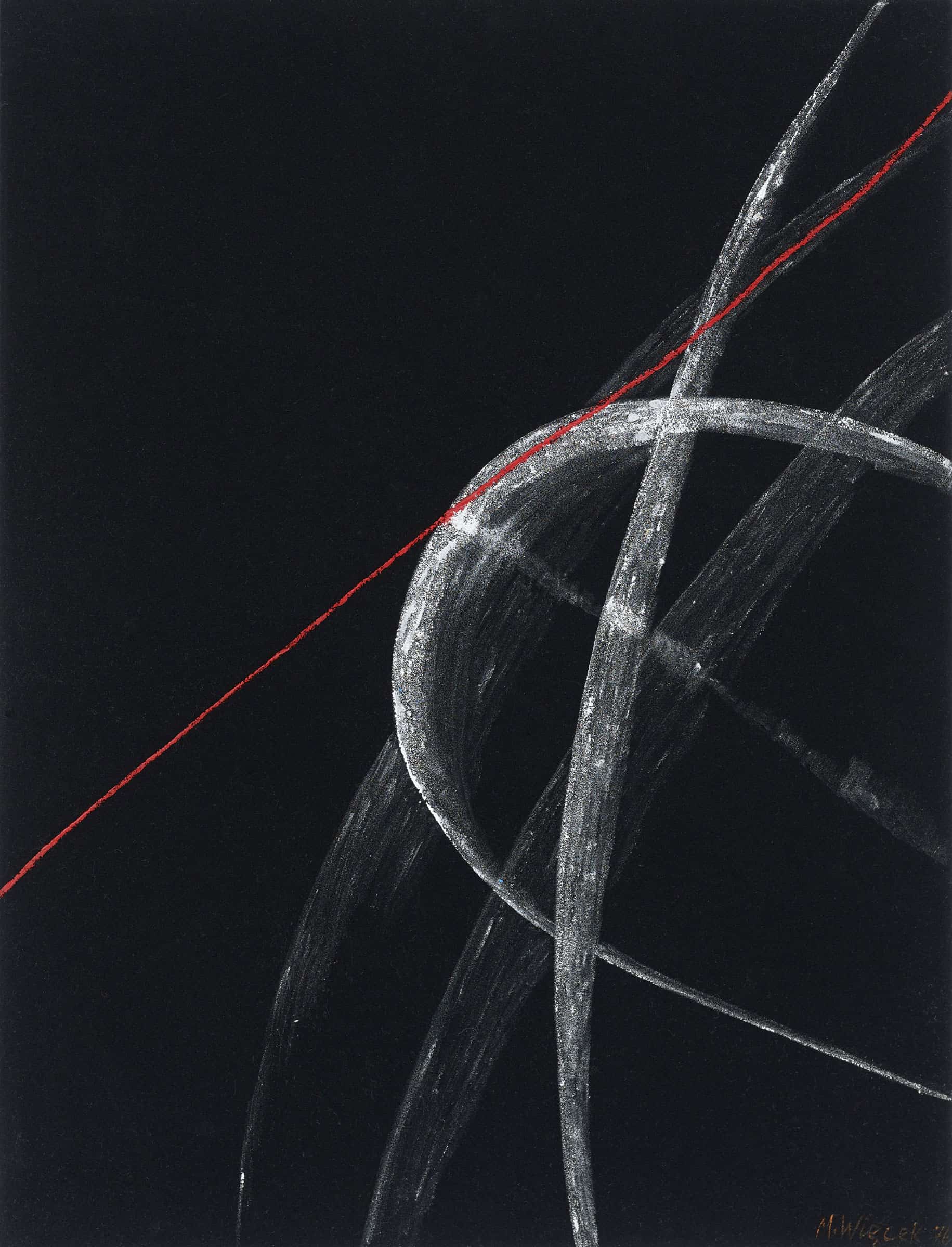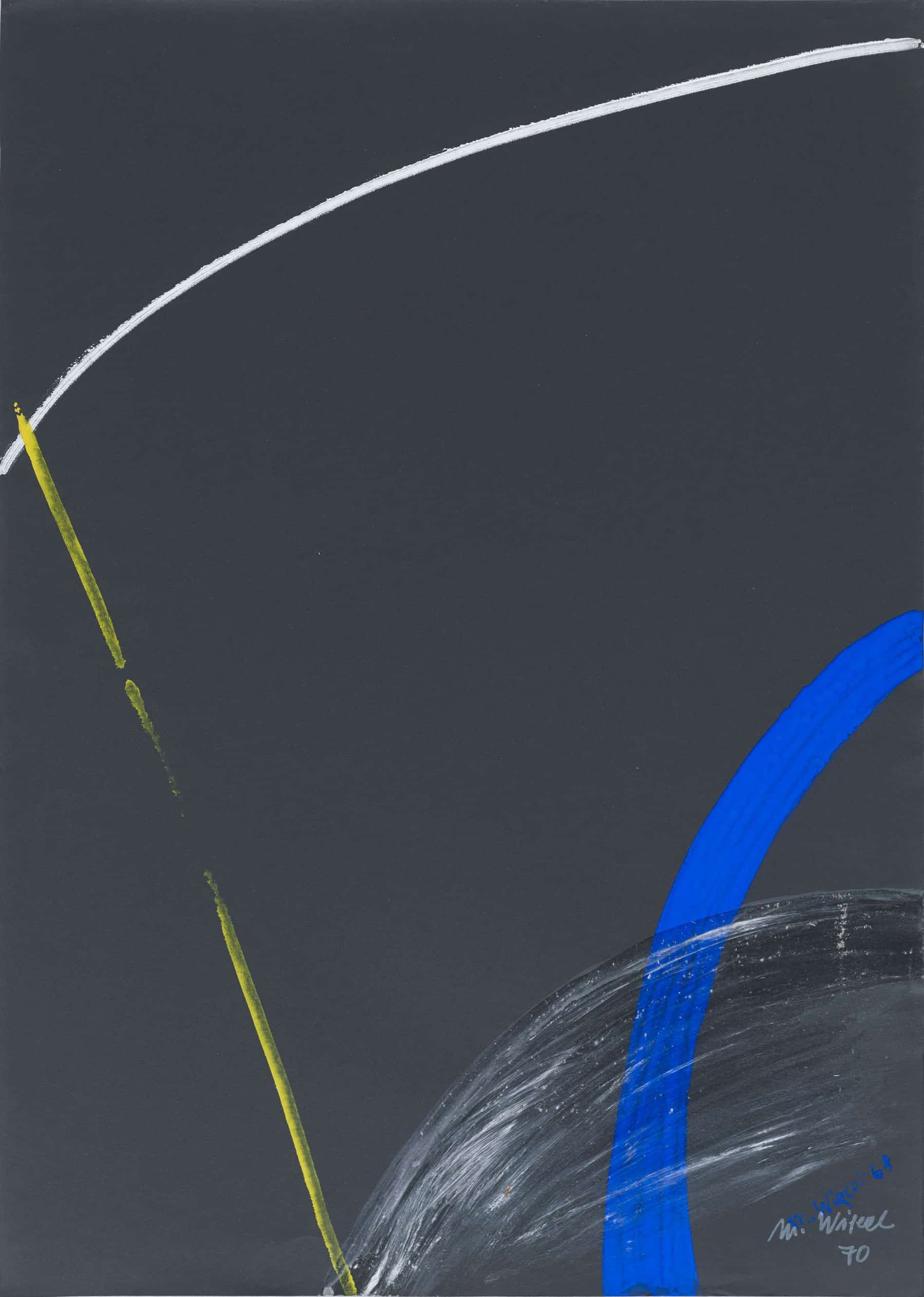Every September, Warsaw becomes the capital of contemporary art. During the already 9th edition of Warsaw Gallery Weekend, twenty seven private art galleries will stage premiere works by the artists from Poland and abroad. These three early autumn days are soon to be filled with displays of everything that is utterly riveting and prevalent at the Polish art scene.
The solo show of Magdalena Więcek is held in the Olszewski Gallery from the 20th of September to the 20th of November, 2019. As a prominent Polish sculptor, the artist is one of the legendary figures of the post-war period as well as the history of the neo avant-garde (alongside such artists as Alina Szapocznikow and Alina Ślesińska).

Magdalena Więcek
Magdalena Więcek was born in Katowice. She was strongly influenced by her close surroundings. Her assertiveness and singleness of purpose could have their origins in a childhood spent in the capital of Poland’s coal belt. And yet, her life, work and art are all deeply rooted in Warsaw. In 1945, she moves to Sopot to hone her painting skills in the newly founded art school. Four years later she studies sculpture under the tutelage of prof. Marian Wnuk and prof. Franciszek Strynkiewicz at the Academy of Fine Arts in Warsaw. Even in the early stages of her career, Więcek defies conventions of a traditional sculpture. In spite of their realist style, her initial pieces are still at odds with the socialist realism of the period. Her works combine sculpture with architecture and spatial design. After she graduated from the academy, Więcek was working with clay while creating mainly figurative works. However, the texture of clay was too cumbersome, the realist forms too conservative. Magdalena yearned to create ethereal pieces and dynamic structures reaching towards the sky. The themes of flight, elation and transcendence manifest themselves in titles assigned to the sculptures, including “Take Off”, “Close to Earth”, “Horizons”, “Infinity”, and “Sacrum”.
In the early 1960s, she discovered the wire mesh reinforced by cement. The technique allowed her to build massive yet light constructions. As it turns out, the material best suited for creating aerodynamic sculptures is in fact metal, a light and flexible aluminum to be precise.
The title of Magdalena Więcek’s exhibition organised as part of this year’s Warsaw Gallery Weekend is “Glin”. In Polish, two terms are used to denote the aluminum: glin is applied when describing the chemical element, while aluminum is used when the metal is referred to in terms of the industrial production. When Magdalena Więcek began creating her aluminum sculptures in the 1970s, the material epitomized innovation, whereas its use for artistic purposes was considered an avant-garde statement.
The sculptures presented within this show were made of steel and aluminum by casting, welding, polishing and metal sheet bending. Their abstract forms convey architecture’s perpetual essence. The series “Sacrum” (initially entitled “Cathedrals”) is hailed by critics as the crowning achievement in the history of sculpture.
The piece “Sacrum IV” made of polished steel is imbued with sophisticated symbolism, philosophy and spiritual experiences of the artist. The two segments engage in a dialogue with the viewer – this sort of resonance is characteristic of the entire art practice of Więcek. While appraised from above, the piece aligns itself into the open- or close-ended symbol of infinity, depending on the viewing angle. The sculpture looks like the Gothic arch from the side. On the other hand, along the vertical axis of the artwork one could clearly discern the Arabic arch after stepping approximately half a meter aside.
As opposed to “Sacrum IV” embodying a dynamic movement, flight and upward trajectory, “Tunnels” remain rather earthbound. The pieces from the series symbolize the gateway into the world of myths, darkness, death, abundant fruits of nature and concupiscence.

Magdalena Więcek
The vibrant drawings on velour paper (1968) representing the notions of flight, light and space are full-fledged works of art in lieu of mere sculpture drafts, which is usually the case. The 1960s was the era of thriving abstraction, change, progress and finally the exploration of the universe. It was the dawn of a new age of space travel. No wonder the artist embraced the space as her main source of inspiration.
The art of Magdalena Więcek teems with modernity and heralds the future filled with hope. The works displayed on the exhibition showcase not only some of the most resonant and meticulous pieces of sculpture ever created, but also the artistic flair of a strong independent woman.
Written by Ivana Berchak
WGW 2019: Glin
Magdalena Więcek’s solo show at Olszewski Gallery featuring sculptures and drawings
20.09.2019 – 20.11.2019















